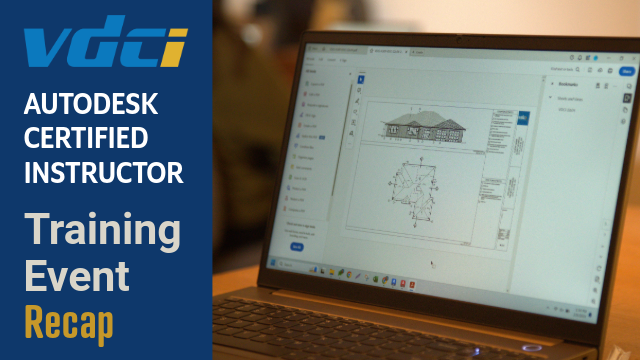
BIM Certificate Student Success Story
Building Success: Donahue’s Transformative Journey Through The BIM Certificate Program With the growing popularity of Building Information Modeling (BIM) in...
November 4, 2024
A Nationally Accredited Educational Institution

As a result of the growing environmental concerns and the importance of reducing our carbon footprint, the architectural world saw the need for change. In turn, sustainable architecture emerged in the 1980s. However, it wasn’t until the 1990s that tangible actions were taken to address these issues, marked by the establishment of the inaugural green building standard on a global scale. This milestone led to the formation of the U.S. Green Building Council in 1993. Thereafter, many countries around the world have embraced green architecture, implementing their own programs and standards.
Sustainability, by definition, is the conservation of an ecological balance by avoiding the depletion of natural resources. When applied to architecture, this concept gives rise to sustainable architecture, which is the design of buildings that strive to minimize the negative environmental impact. It has also been referred to as ‘green’ or ‘environmental’ architecture.
The overall goal of sustainable architecture is to create self-sufficient buildings, minimizing the need of external sources. This can be pursued through various means including adaptable building design, ethical and sustainable building materials, renewable energy (solar), rainwater irrigation, pollution reduction, and good indoor environmental air quality.
Sustainable architecture plays an important role in assisting with the pressing matters of the climate change crisis. Through the conservation of natural resources and concern for the effects of environmental impacts, sustainable architecture helps mitigate climate change, reduce pollution, and enhance biodiversity.
Not only does it have environmental benefits, but it also is a factor in societal benefits by promoting healthier and more efficient spaces to live and work fostering sustainable communities and lifestyles. Fundamentally, sustainable architecture has grown to represent so much more than just a retaliation to the climate crisis; it signifies the growth toward a more livable future.
Like everything else, sustainable architecture also faces challenges in its processes. One of the main roadblocks to this is the economic factor of cost. Oftentimes, materials used for green buildings are more expensive and harder to obtain. This leads to the tradeoff between high immediate upfront costs versus long-term rewards. While the long-term rewards tend to outweigh the initial costs, developers can be deterred from pursuing a project that entails a large financial commitment in the beginning.
In addition, creating comfortable living environments while prioritizing the sustainability of the building has also proven to be a challenge.
Sustainability can be incorporated into all parts of the AEC industry. We already see prime examples of buildings all around the world from the carbon-neutral office building, the Pixel Building, in Australia to the affordable solar paneled apartment housing of Fairview Heights in Inglewood, CA. We know that energy-efficient buildings are possible, but what are the things that have helped make it easier for it to be done?
To begin, implementation starts at the core – the design. Creating a design that allows for the correct flow is crucial to ensuring sustainability. In today’s age of technology, BIM tools have been a huge assistant in the designing, planning, and executing of buildings. BIM systems give insights to important parts of the project through simulations allowing architects and engineers to enhance energy efficiency. Architects are finding it easier to incorporate solar design and natural ventilation, Engineers can implement renewable energy solutions to optimize building performance, and Construction is prioritizing building standards such as LEED and BREEAM.
While sustainable architecture faces challenges of its own, it still remains an essential element of the AEC industry and its regard to the lasting environmental impacts. Although the initial cost and material barriers pose a threat to the increase of building sustainably, the importance of creating these safe spaces for future generations proves to outweigh them. Moving forward, it is imperative that the AEC community continues to advance on sustainable designs and advocate for sustainability to be the new norm. By prioritizing and embracing this environmental responsibility, the AEC can assist in the significant role of alleviating climate change, creating a more efficient and sustainable environment for now and future generations.

Building Success: Donahue’s Transformative Journey Through The BIM Certificate Program With the growing popularity of Building Information Modeling (BIM) in...
November 4, 2024

Bluebeam: Enhancing Project Collaboration and Efficiency in the AEC Industry Bluebeam was first founded in 2002. However, it wasn’t until...
September 24, 2024

ACI Training Event From January 10-12th, 2024, the VDC Institute (VDCI) proudly partnered with Autodesk to host an Autodesk Certified...
September 23, 2024
Achieve your educational goals no matter where you are.
Our team is happy to answer any questions you may have about VDCI and our programs.